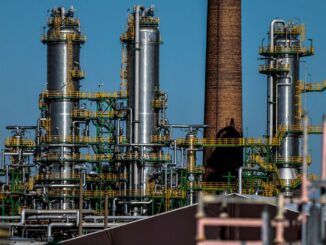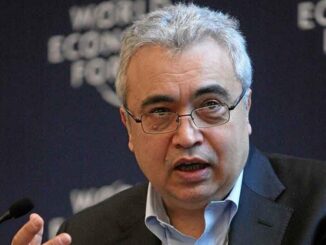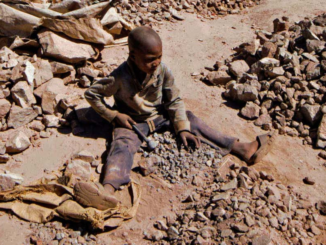
The green energy push in Europe has these days been overshadowed by events in Ukraine but it has not completely left the spotlight. On the contrary, EU officials have been adamant that the transition must continue despite the growing body of evidence that the continent—or the union that takes up most of it—cannot cope with renewables only. The International Energy Agency, never far from yet another bold energy transition declaration, first coordinated a planned release of 60 million barrels of crude to try and lower international oil prices, and then issued a 10-step plan to reduce the EU’s energy dependence on Russia. The plan, the IEA noted, would not only make Europe less dependent on Russian oil and gas but would also help move along the EU’s climate targets.
According to the agency’s head, Fatih Birol, “The IEA’s 10-Point Plan provides practical steps to cut Europe’s reliance on Russian gas imports by over a third within a year while supporting the shift to clean energy in a secure and affordable way. Europe needs to rapidly reduce the dominant role of Russia in its energy markets and ramp up the alternatives as quickly as possible.”
According to the French Minister for Ecological Transition, “More than ever, getting rid of Russian fossil fuels and of fossil fuels in general, is essential. What is at stake is both the need to accelerate the fight against climate change, and, as we can see now, the short-term energy security of the European continent. The 10-Point Plan proposed by the IEA today will enrich our thinking.”
And according to the European Commissioner for Energy, Kadri Simson, “Reducing our dependence on Russian gas is a strategic imperative for the European Union. In recent years, we have already significantly diversified our supply, building LNG terminals and new interconnectors. But Russia’s attack on Ukraine is a watershed moment. Next week, the Commission will propose a pathway for Europe to become independent from Russian gas as soon as possible.”
So, how does the plan look? For all the praise it received from European officials, the plan actually offers little in the way of practical anything. The first step of the plan states, “Do not sign any new gas supply contracts with Russia,” and this is the most practical step in the text.
Not signing any new contracts for gas deliveries with Russia is simple and easy enough to do. It’s the next steps that get tricky. One of them, for instance, suggests replacing Russian gas supplies with supplies from alternative sources. What these sources would be and whether they would be able to fill the gap left in Europe by the suspension of Russian gas remains an open question.
Of course, there are few candidates for the task, and these include Norway and Azerbaijan, if we’re talking about pipeline gas, and the United States, Australia, and Qatar, if we’re talking about LNG. None of these countries could fully replace Russian gas this winter even though they did try hard, especially the United States.
The plan of the IEA calls for a reduction of Russian dependence within a year, but the next winter season begins roughly seven months from now. That’s far from enough for U.S. or Australian, or Qatari LNG producers to ramp up production enough to cover the EU’s needs. The cost factor is also important but isn’t mentioned in the plan: LNG costs more than pipeline gas—who’s picking up this tab?
Another step proposed in the plan, hardly surprisingly, is the fast and significant buildup of wind and solar generation capacity. According to the IEA, this buildup—for which the agency doesn’t mention specific numbers—would reduce Europe’s demand for Russian gas by 6 billion cubic meters within a year.
Europe has been building its wind and solar generation capacity for years now. Some countries have boasted that on certain days they had been getting all their energy from wind and solar. And that same Europe plunged into a massive energy crunch last autumn when there was not enough wind and solar power output began to decline as the earth moved around the sun as it does every year, bringing winter to the northern hemisphere.
Yet even if wind and solar did not have an intermittency problem, the bill for this new massive buildup of capacity would be a lot higher than it might have been just a couple of years ago. Thanks to ambitious government goals and no less ambitious metals and minerals demand projects resulting from these government goals, the prices of metals and minerals—and polysilicon—are soaring. Sanctions against Russia are not helping at all, either, as the country is a major supplier of things like aluminum, steel, and nickel. All these are key for wind and solar installations.
So, what the IEA is proposing to the EU to make it less dependent on Russian gas is the simplest thing, that is, stopping the import of Russian gas. That’s as far as the practical advice goes. The rest of the IEA’s plan is more theoretical than practical and, more importantly, quite expensive. As one industry observer said recently on Twitter, the EU has painted itself in the corner and is contemplating using more paint.
By Irina Slav



